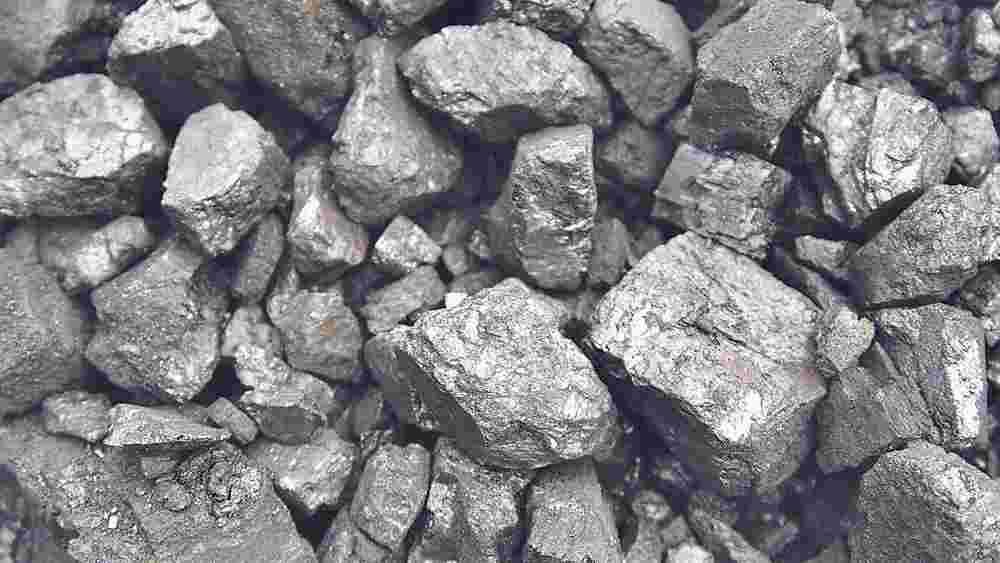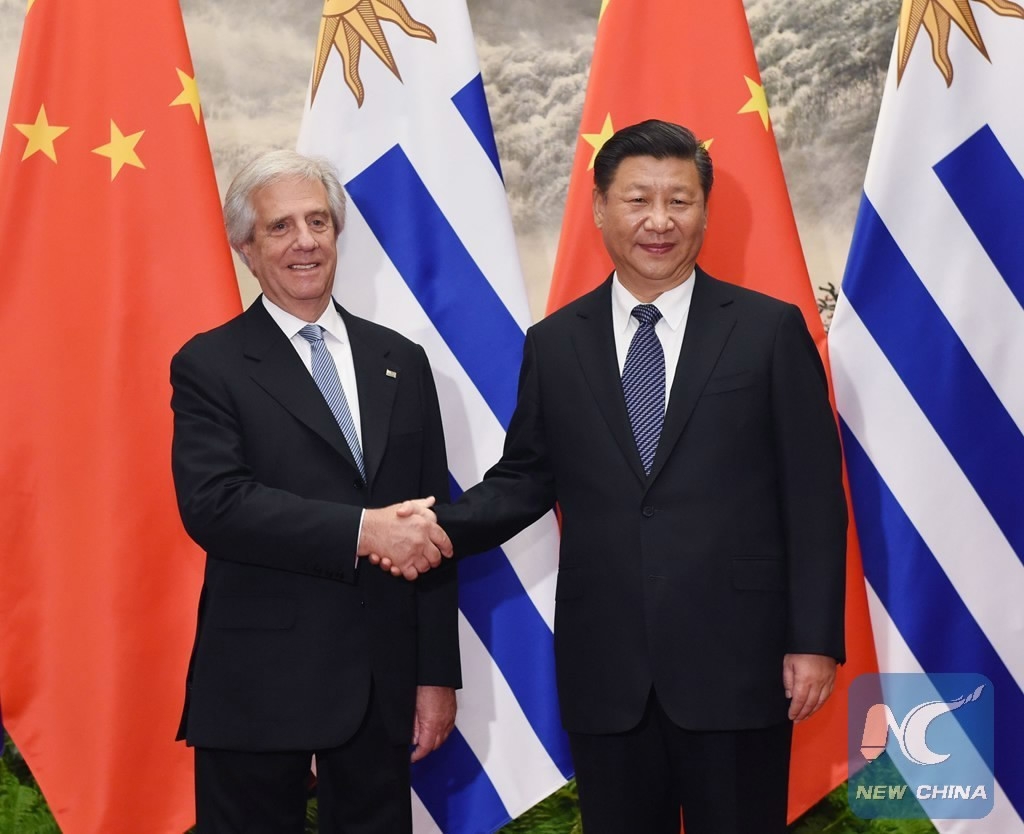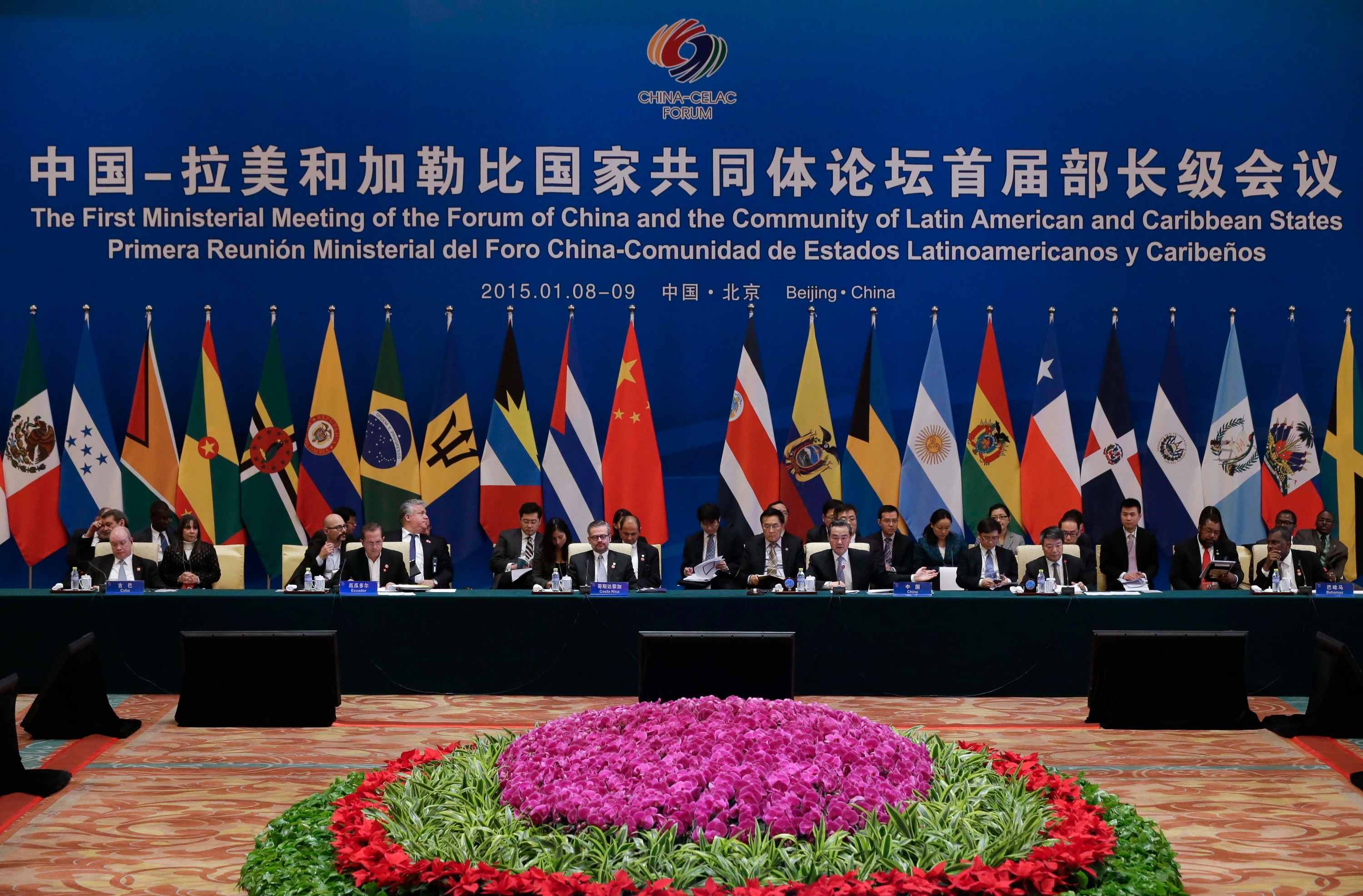
World
15:30, 24-Dec-2017
China purchases drive Latin America export growth spurt
CGTN

Exports from Latin America and the Caribbean are rising again, thanks in large measure to Chinese purchases of raw materials.
The Inter-American Development Bank (IDB) says that after four consecutive years of contraction, the value of total exports of goods from the region rose by an estimated 13 percent in 2017 to 985 billion US dollars.
The recovery was led by shipments to China, which are up by 30 percent.
This stronger performance in exports to the Asian giant is strongly linked to higher metal and mineral prices, which account for a significant portion of the exports.
“China’s purchases from the region were the most dynamic, as they largely entailed raw materials, which saw a strong upward trend,” said Paolo Giordano, principal economist at the IDB’s Trade and Integration Sector.
By contrast, exports to the United States grew by 10 percent, with China and the US accounting for two-thirds of total growth.
Allied to trade, China has become Latin America’s biggest lender and single investor, and analysts say that is likely to remain so given the uncertainties regarding hemispheric relations under the administration of US President Donald Trump. The renegotiation of the North American Free Trade Agreement (NAFTA) is one area of contention.
China and the Community of Latin American and Caribbean States (CELAC) could even sign an economic cooperation pact in 2018.

Chinese President Xi Jinping shakes hands with his Uruguayan counterpart Tabare Vazquez during talks at the Great Hall of the People in Beijing on Oct. 18, 2016. Vazquez says he hopes China and Latin America can sign a cooperation pact in 2018. /Xinhua Photo
Chinese President Xi Jinping shakes hands with his Uruguayan counterpart Tabare Vazquez during talks at the Great Hall of the People in Beijing on Oct. 18, 2016. Vazquez says he hopes China and Latin America can sign a cooperation pact in 2018. /Xinhua Photo
"We aim to agree on a joint plan of action for cooperation," the president of Uruguay, Tabare Vazquez, told the opening of the 11th China-Latin America and the Caribbean (China-LAC) Business Summit in his country earlier this month.
Vazquez said he had received an "interesting proposal" from China with "bold" ideas, such as creating a free trade zone between CELAC and China, stepping up financial cooperation and developing infrastructure.
The Uruguayan leader acknowledged there are "several hurdles and geographic distances that we must overcome to optimize this partnership and continue making progress in ties with China," which he described as the "champion of international trade and engine of global commerce."
The impetus for growth is clearly being driven by China, leading one former diplomat to question Latin America’s own readiness to move forward.
“China knows what it wants from South America,” Luiz Augusto de Castro Neves, former Brazilian ambassador to Beijing, was quoted as saying in a recent blog on the Bloomberg website. “But other than make a lot of money exporting commodities, South America still doesn't know what it wants from China.”
A month earlier, an official of the UN Economic Commission for Latin America and the Caribbean agency said this is a very favorable time for deepening the dialogue between China and the region.

The first ministerial meeting of the Forum of China and the Community of Latin American and Caribbean States took place in Beijing in 2015. /Xinhua Photo
The first ministerial meeting of the Forum of China and the Community of Latin American and Caribbean States took place in Beijing in 2015. /Xinhua Photo
“The relations between Latin America and the Caribbean and China must be understood in the new global context,” said the head of the organization’s International Trade and Integration Division, Mario Cimoli, who was visiting Beijing for a series of meetings.
“The region and China have to have a joint response to confront the macroeconomic, technological and geopolitical uncertainties, surely through the strengthening of multilateralism and mutual recognition of the diversity of development models.”
For now, the region is grateful for Chinese interest in its commodities which have this year driven a sharp turnaround of a 3.3-percent drop of exports in 2016, according to the IDB.
Exports from Latin America and the Caribbean actually grew more than total global exports, which saw a year-on-year variation of 9.7 percent between January and September this year, the bank said.
“This is mainly because recovering prices benefited the region relatively more than the rest of the world, on average,” it continued. “For example, the price of iron increased by 26.9 percent and that of petroleum by 23.5 percent year-on-year between January and November 2017.”
Elements of instability
The IDB said the boost in iron ore prices was driven by Chinese demand as steel production increased to prepare for mandatory winter cuts in compliance with environmental regulations.
“The escalation in tensions with North Korea (DPRK) also played a role in the accumulation of iron ore in China,” it said.
Copper prices also rose, by almost 30 percent, again partly on the back of Chinese demand.
Looking ahead, the bank said a sustained recovery in exports to Latin America is linked to a reversal of elements of instability in the world economy.
“Of particular importance,” it added, “are the economic growth of China, which is a main driver of metal markets, and the balance of demand and supply in the oil market.”

SITEMAP
Copyright © 2018 CGTN. Beijing ICP prepared NO.16065310-3
Copyright © 2018 CGTN. Beijing ICP prepared NO.16065310-3